Last updated on June 25, 2024
In this guide, we will take a look at 6 ways you can cause serious damage to an antique watch. If you can avoid these scenarios, you can preserve your timepiece in good working order for future generations to enjoy.
Exposing the antique watch to magnetic fields
A magnetic field is an invisible force that can cause serious damage to an antique watch. In the modern world, magnetic fields are everywhere, virtually any electrical device is constantly generating a magnetic field. This can include televisions, computers, microwaves and the smartphone in your pocket. The most common effect of a magnetic field on an antique watch is to cause the movement to run fast. The magnetic field can cause the individual coils of the balance spring to stick together. This has the effect of shortening the balance spring, reducing the oscillation time, and therefore causing the watch to run fast. Typically, it will be a significant increase, where the watch will be minutes faster in a day rather than seconds. In severe cases, a magnetic field can actually cause the entire escapement to seize, stopping the watch completely.

Modern mechanical watches can be affected, however, there are materials available today that reduce the effect. Avoid placing your antique watch on radios or speakers and keep it away from other electronic devices such as smartphones and tablets. If you suspect your antique watch has become magnetised it can be tested simply by holding it next to a magnetic compass. The compass needle will swing erratically if the watch is magnetised. If your antique pocket watch has been magnetized, you will need to find a way to get it degaussed (demagnetised). Fortunately, demagnetizing an antique watch is a relatively easy and inexpensive task that can be done by all local watchmakers.
Not winding your antique watch regularly
Preventing damage to your antique watch will help keep it running efficiently and will save on costly repairs. While all antique watches should have a service every few years, between visits they should be in good running order. Store the antique watch in a box or another safe place when you’re not wearing it. It should be stored in a clean, dust-free environment that is dry and stable in temperature.
If the watch is kept in storage and only worn on special occasions it is still important to wind the watch regularly. This ensures that the lubrication is distributed evenly throughout the movement. Generally, it is a good idea to wind an antique watch at least once a month. Leaving a watch for years in storage without winding or moving it regularly will cause the lubricant to settle. If the watch is then wound you can have unlubricated components in contact which can cause friction and damage. Ultimately, this can cause the watch to come to a complete stop.
Winding a trench watch on your wrist
While it may seem convenient, to wind or set the time on your trench watch while you are wearing it, you do risk damaging the mechanism. Wearing the watch while winding can place lateral stress on the delicate winding stem. Always, take off your trench watch when winding or setting the time. Additionally, try and wind the watch at the same time each day to ensure consistent timekeeping. You should feel the gradual resistance of the mainspring as you wind. Eventually, it will come to a stop when the watch is fully wound. It is not possible to “overwind” a watch. However, you can damage the mechanism if you try to force the crown when the watch is fully wound.
If the winding mechanism turns continually and you cannot feel any increase in tension, then the mainspring is very likely to be broken. If the winding mechanism won’t turn at all, then the watch is probably fully wound and it won’t run because of some other problem. In either case, the watch will need to be serviced by a watchmaker experienced in antique watches.
Dropping it
One of the easiest, and possibly the most common way to damage your antique watch is to drop it. Antique watches can easily be damaged from a short drop. Virtually all modern mechanical watches include some form of shock resistance. This usually consists of a spring suspension system to support the balance wheel and associated pivots. However, the earliest shock-resistant systems didn’t become available until the mid-1930s. This means that at the time of writing all antique watches lack an inbuilt shock-resistant system and are therefore susceptible to damage. Any time the watch slams against a hard surface, it can potentially cause damage, this includes when it is being worn and collides with something hard. Always, secure a pocket watch using an Albert chain to minimise the chance of dropping.
Exposing the watch to water
Apart from dropping an antique watch, this is the most obvious cause of damage. Any exposure to water or moisture can cause damage to an antique watch. This could be anything from corrosion on the movement to discolouring of the enamel dial. Some antique watches, such as a Borgel cased watch, may claim to be waterproof or resistant. However, as with any antique timepiece, they certainly should not be willingly exposed to water. A watch that may have been ‘waterproof’ a century ago, is highly unlikely to be so now.
There is no need to worry about a drop of rain or a splash from the sink, the water can simply be wiped away. However, submerging in water is obviously a bad thing and it is probably best to quickly get the watch to a professional watchmaker if this occurs. Lastly, humid environments are another source of exposure that occurs gradually over time. Don’t store your watch in a humid place.
Improper storage
Storing an antique watch properly is important to avoid damage. Keeping the watch in extreme heat or cold can cause damage to the delicate components of the movement. Likewise, storing a watch in an environment where the temperature frequently changes can cause damage as the metal components expand and contract. Heat can also cause the lubricant to dry out or congeal. Dried out or congealed lubricant will increase the friction on the moving parts and cause damage. It is best to store an antique watch in a stable environment where the temperature remains relatively constant. Also, bright light, particularly artificial light, can cause the fading of the dial.
Related content
A beginner’s guide to antique pocket watches.
Guide to storing and maintaining your antique watches at Pieces of Time.
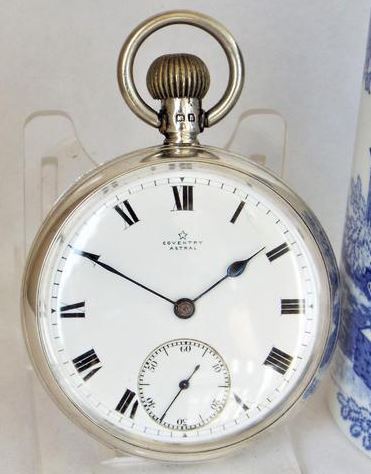
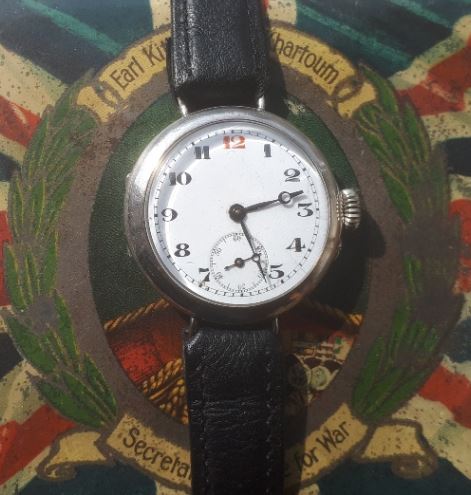
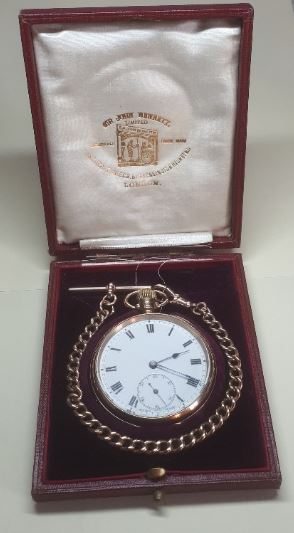
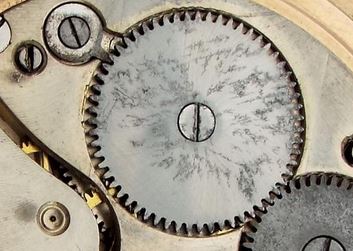
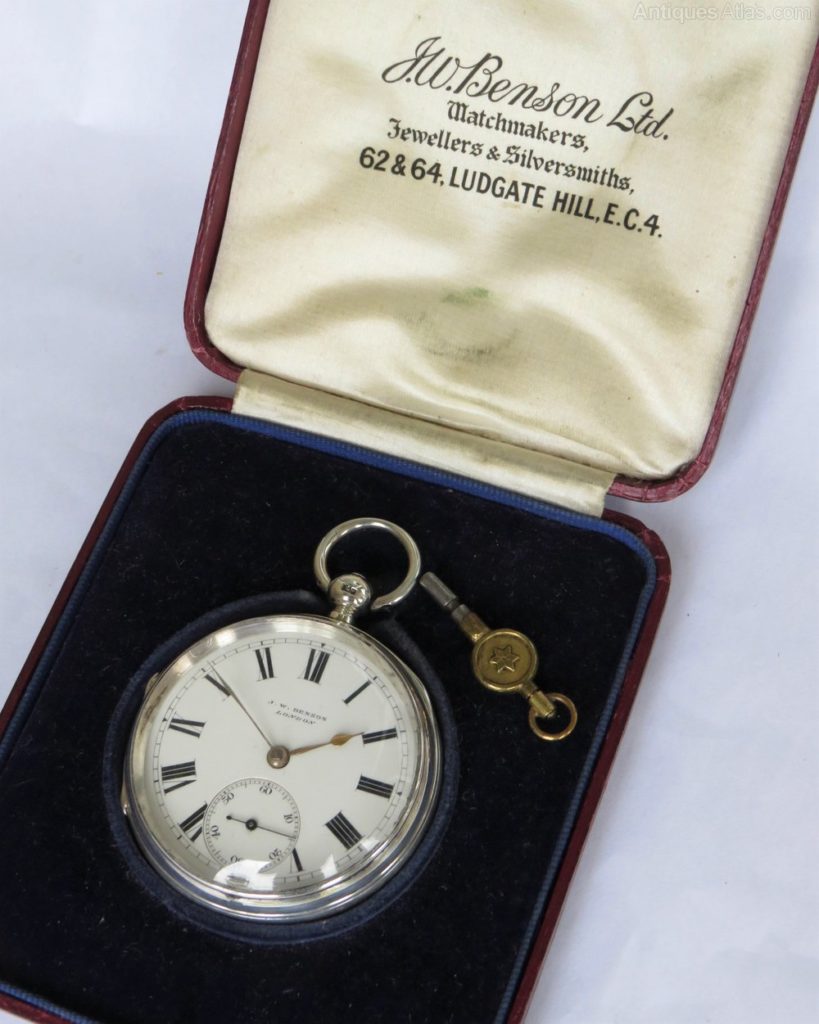
i’m fabio from italy
i have two trench watch:28mm and 30mm
over 100 yars!!!!
england,france and swiss 3 place for the watches
Hi Fabio, enjoy wearing your trench watches. Thanks for commenting, Jason